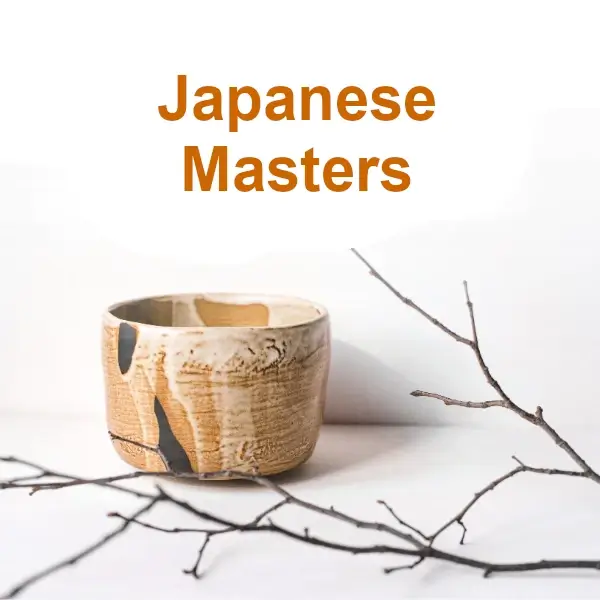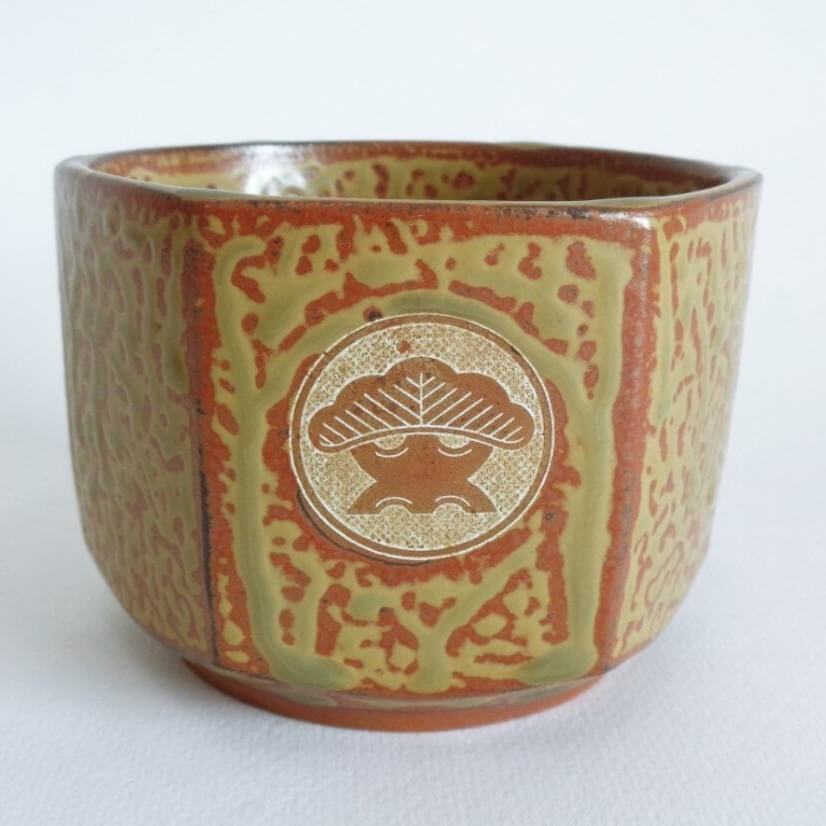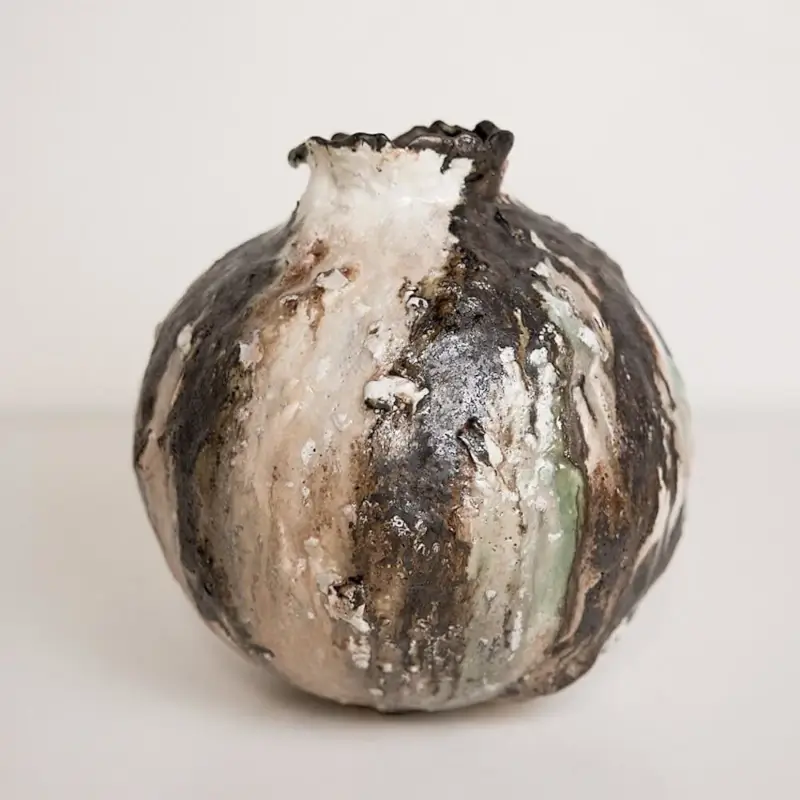Who was Jirō Kinjō: Master of Okinawan Pottery
The Legacy of Jirō Kinjō in Ceramics
Jirō Kinjō was a prominent Japanese master ceramicist born in 1912 in Naha and died in 2004. At a very young age, at the age of 13, Kinjō began his journey into the world of ceramics studying under the tutelage of Hamada Shoji.
Later, he trained in a kiln-equipped workshop producing ceramics representative of Okinawa, which led him to delve deeply into the pottery traditions of this Japanese region.
Throughout his career, Kinjō received numerous accolades, including distinction as a Living National Treasure for his contribution to Japanese ceramics. He was the recipient of awards such as the Okinawa Times Art Award and the Japan Folk Art Museum Award, among others, underscoring the importance of his work within the art community both domestically and internationally.
His works are characterized by the incorporation of engravings of fish and crustaceans on which he painted, giving him a distinctive style within Ryukyu ceramics.
Kinjō Jirō was recognized for his contributions to ceramics with the Order of the Sacred Treasure, 4th class award, reflecting the high level of esteem and recognition for his work in Japan. One of his pieces, a 20th century stoneware vase, is in the collection of the Minneapolis Museum of Art, donated by Joan Mondale.
This vase exemplifies Kinjō’s masterful use of color and form, with a ringed foot, a heavy rounded body, and a wide mouth with a raised rim, decorated with an incised design of vines and leaves in green and ochre on a red ground.
His works are permanently exhibited at the Romanian National Folk Art Museum.
List of Japanese master ceramists
In an attempt to give recognition to the master ceramists of Japan, we have made a series of biographical articles, you can access them through this drop-down list.
We hope this will help to spread the beautiful tradition of Japanese pottery.
It will help us if you share on social media:
Other posts about Japanese pottery:


